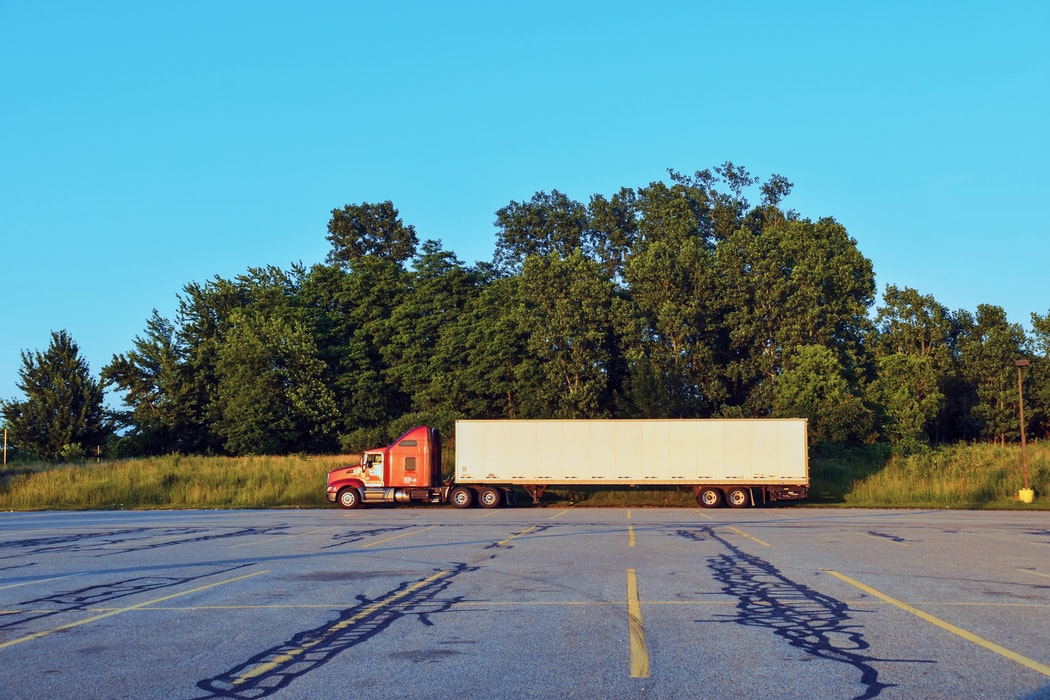Trucks
Since 1896, when the first truck was invented by Gottlieb Daimler (the German inventor), trucks have played a massive role in the transportation business and our daily lives. When Daimler built the first motor truck, it was a simple machine that had a belt-drive, two forward speeds, one reverse, and a four-horsepower engine. At the time, it was considered a technological marvel, efficient and sturdy; this was the first commercial truck. Over the years, there have been massive improvements and many versions of this timeless vehicle.
Heavy-Duty Trucks
A heavy-duty truck is any truck that exceeds 26,001 pounds and has 3 separate classifications. The first classification being Class 7 which ranges between 26,001 and 33,000 pounds in GVWR (Gross Vehicle Weight Rating). The next, Class 8, ranges from 33,001 to almost 60,000 pounds GVWR, and the final classification contains all trucks heavier than 60,000 pounds GVWR.
Unlike other vehicles, they have to be handled by experts, and this need has generated the occupation we know as ‘truck drivers’. They are the men and women who are responsible for the safe operation of commercial vehicles that transport the products we use daily.
Day Trucks & Sleeper Trucks

When heavy-duty trucks were created, they were built for the sole purpose of delivering heavy loads across long distances. However, all of the trucks at that time were day trucks.
A day truck has no sleeping cabin attached to its cab. It has only one compartment which is positioned behind the engine to maximize space. Truck drivers were forced to either lodge in motels or sleep in their vehicle’s upright seats. They were content with the discomfort of sleeping in their trucks as opposed to lodging in a relatively comfortable motel.
Heavy-duty trucks began to change in the early 1900s when the first versions or designs of sleeper cabins were installed in heavy-duty trucks. Although they were not initially built to be comfortable since they were separated from the driver’s cabin, the concept was completely embraced. This extra compartment allowed drivers to spend months on the road, and it eventually increased the number of people who could travel in a truck at a time. This convenience meant that one driver could sleep in the extra compartment while the other drove.
Throughout the 1930s and 1940s, semi trucks began to improve their designs and by the 1950s, the traditional sleeper cabin was becoming a normal addition. Over time, sleeper cabs have evolved to become larger and more comfortable spaces for the drivers, with many of the comforts of home for the driver on the road.
Differences Between Day Cab Trucks & Sleeper Cab Trucks
Both day cab and sleeper cab trucks are classified as heavy-duty trucks, and they both perform very similar functions, such as transporting large goods and delivering services over various distances.
1. Day Cabs Trucks Cost Less Than Sleeper Cab Trucks

First off, a day cab truck costs less than sleeper cabs because they don’t come with the extra compartments, and they serve the single purpose of delivery. Sleeper cab trucks, on the other hand, are an improvement borne out of necessity. While they have become wildly popular amongst drivers, it has not reduced the relevance of day cab trucks.
Day cab trucks are functional and efficient within cities and are also perfect for drivers that live within the cities they work. This means they don’t have to sleep in their trucks and can go home after a long day’s work.
2. Sleeper Cab Trucks Provide The Comfort Of Home

If a truck driver is delivering goods and services between cities, states, or locations that are very far apart, it becomes much more fitting to acquire a sleeper cab truck. The added compartments function as miniature homes for drivers who are on the road for days and weeks on end.
Instead of being trapped in an uncomfortable driving cabin, they are able to park their vehicle whenever they want to and retreat into the dedicated spaces for long naps, to cook and eat, or even use the restroom. This is important for the safety of the driver as well as their comfort. They do not have to carefully map out where they will rest after a long drive. This is an added benefit which isn’t the case for day cab trucks because they’re built with no special factor for comfort.
3. Day Cab Trucks Are Easier To Maneuver Than Sleeper Cab Trucks
The relatively smaller size and better fuel efficiency of day cab trucks give provide an upper hand at weaving through city blocks fairly easily. They are not weighed down by extra compartments and only have to bother about the cargo they transport.
Note that sleeper cab trucks can function within cities; however, day cab trucks have the added advantage of being designed for use within short distances and thus, are better suited for inner-city transits.
Is A Day Cab Truck Or Sleeper Cab Truck Better?
The answer to this question depends on the given situation. A truck owner/operator whose operations do not extend beyond the city they reside would be better suited for a day cab truck. However, if their activities extended to cities or states outside their town of residence, it would be practical to get a sleeper truck.
If you currently own a day cab truck or sleeper cab truck, or any commercial vehicle, and need to perform repairs or routine maintenance, contact the truck professionals at Blaine Brothers today. Our trucking experts have the knowledge and experience necessary to complete all kinds of repair jobs.

